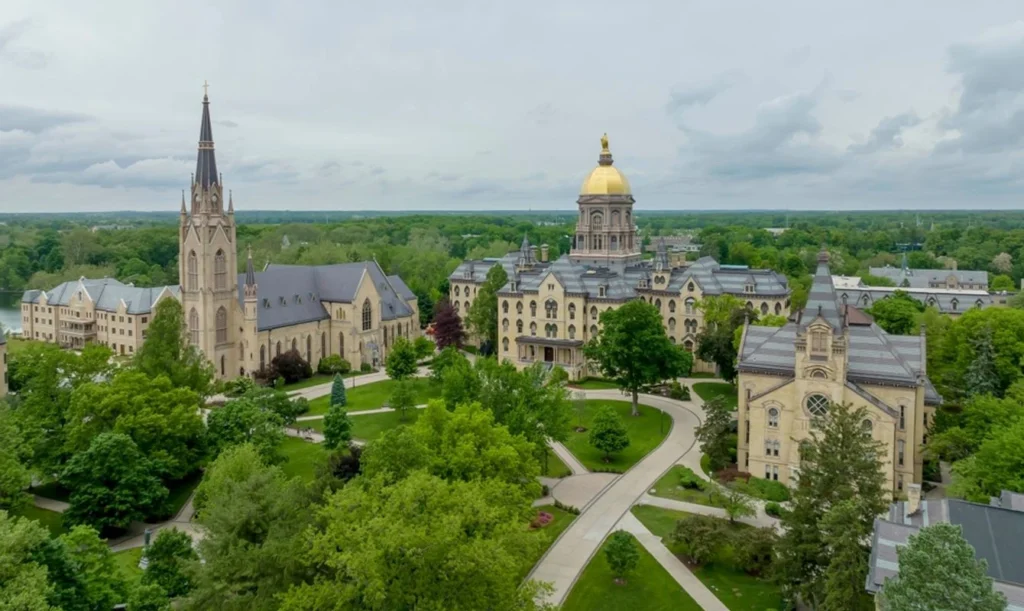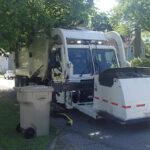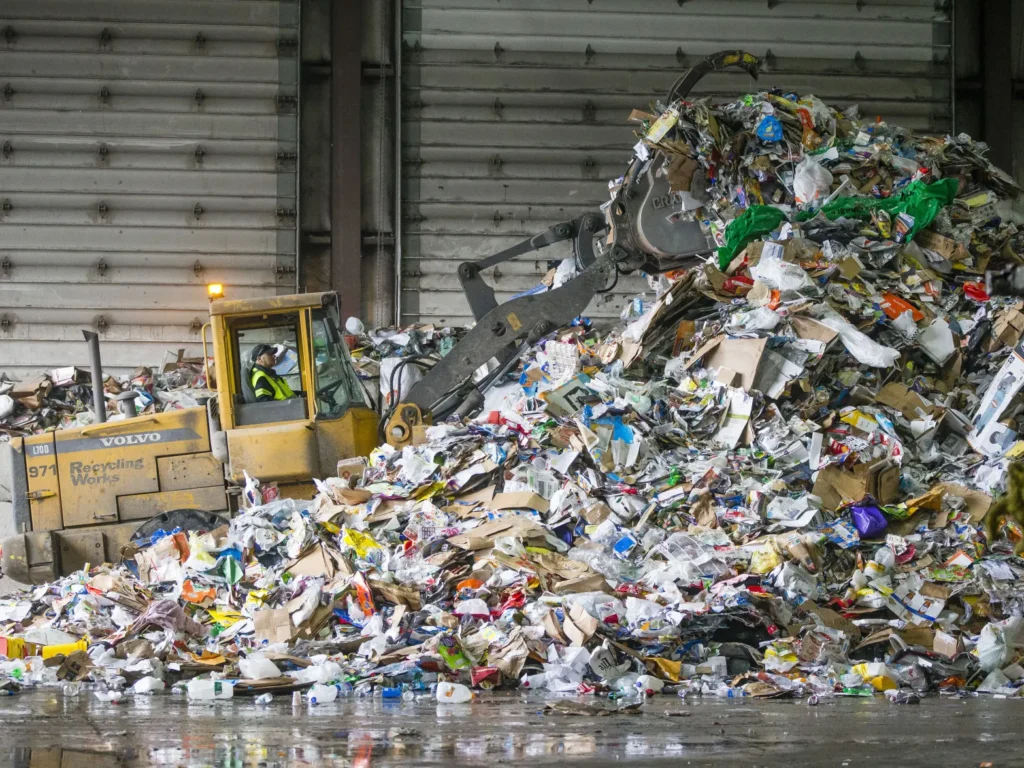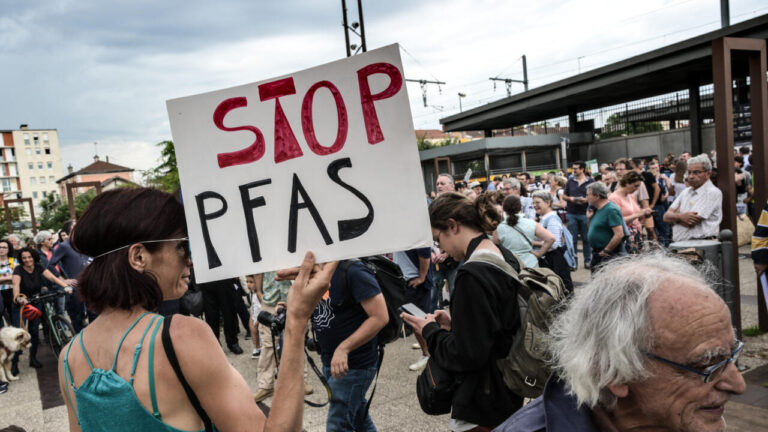
In a comprehensive analysis of America’s urban centers, a surprising champion has emerged. It’s not a sprawling coastal metropolis or a famed tech hub, but a city in the heart of the Midwest. A recent study by LawnStarter has officially crowned South Bend, Indiana, as the #1 Cleanest City in United States 2025 . This distinction places the city ahead of over 300 major U.S. cities, celebrating its commitment to a pristine and healthy environment for its residents.
Following closely behind South Bend in this impressive ranking are Wilmington, North Carolina, at number two, and Des Moines, Iowa, at number three. But how did South Bend achieve this remarkable feat? Let’s dive into the data, the methodology, and the community spirit that propelled this Indiana city to the top.
The Science of Cleanliness: Deconstructing the Metrics

To understand why South Bend won, it’s crucial to understand how it was judged. LawnStarter, an outdoor services marketplace, didn’t just look at litter on the streets. Their study was a deep dive into the factors that create a genuinely clean and sustainable urban environment. They grouped dozens of data points into four primary categories:
- Pollution: This metric evaluated the things we can’t always see but definitely feel. It included key indicators like air quality index (AQI), greenhouse gas emissions from industrial activity and traffic, and water quality reports. A city that breathes easy and has safe drinking water scored high here.
- Living Conditions: This category assessed the daily environment for residents. It looked at factors like population density, the percentage of homes with signs of mold, cockroaches, or rats, and the number of households lacking basic plumbing or kitchen facilities. Essentially, it measured the health and safety of the domestic environment on a city-wide scale.
- Infrastructure: A city’s ability to manage its waste is fundamental to its cleanliness. This category analyzed waste management infrastructure, including the availability of recycling and composting programs, the number of junk removal services, and the rate of waste generation per capita. Cities with robust, modern systems for handling trash and promoting recycling performed exceptionally well.
- Consumer Satisfaction: Data can only tell part of the story. This category gauged how residents feel about their city’s cleanliness. Using survey data and other indicators, it measured public satisfaction with sanitation, garbage disposal, and the overall state of the local environment.
The South Bend Secret Sauce: Why #1?
South Bend’s top ranking isn’t an accident; it’s the result of intentional policies, strong infrastructure, and an engaged community. While the exact weighting of each metric determines the final score, South Bend’s performance suggests excellence across the board. Here’s what likely set it apart:

- Exceptional Waste Management: The city boasts a highly effective municipal solid waste program. Efficient collection schedules, accessible recycling options, and public education campaigns empower residents to manage waste responsibly. This leads to less landfill stress and fewer pollutants.
- Investment in Green Spaces: South Bend is known for its beautiful parks and the scenic Riverwalk along the St. Joseph River. Well-maintained public spaces not only improve living conditions and resident satisfaction but also contribute to better air quality and a sense of community pride.
- Proactive Environmental Policies: The city government has implemented forward-thinking environmental policies aimed at reducing its carbon footprint and preserving natural resources. This top-down commitment creates a culture of cleanliness and sustainability that trickles down to every neighborhood.
- Community Engagement: A city is only as clean as its residents keep it. The high marks in consumer satisfaction suggest that the people of South Bend are active participants in maintaining their environment. This could be through organized clean-up drives, neighborhood watch programs, or simply a shared cultural value of tidiness and civic responsibility.

A Lesson for America’s Cities

The success of South Bend, Wilmington, and Des Moines provides a valuable blueprint for other urban areas. It demonstrates that a city doesn’t need to be the biggest or wealthiest to be the cleanest. The key ingredients are a combination of:
- Smart Infrastructure: Investing in modern recycling, composting, and sanitation facilities.
- Effective Governance: Enacting and enforcing policies that protect air and water quality.
- Community Pride: Fostering a sense of ownership among residents to care for their shared spaces.
Congratulations to the city of South Bend, Indiana, for this well-deserved recognition. Your achievement proves that with dedication and a shared vision, any city can become a beacon of cleanliness, health, and sustainability for the entire nation.
🧩 Related Articles:
- Glowing Together: How Maryland Communities Are Reviving Firefly Habitats Across the Chesapeake Bay Watershed to Protect Biodiversity and Inspire Environmental Stewardship in the USA
- The United Kingdom’s Compassion Capital: Liverpool Crowned Britain’s Kindest City, Proving Small Acts of Generosity Forge the Strongest Communities
- A Wave of Compassion: How a Community in Digby, Nova Scotia Rallied to Rescue 16 Dolphins
- South Bend, Indiana Named the Cleanest City in America by LawnStarter




1 thought on “Beyond the Golden Dome: How South Bend, Indiana, Championed Its Way to Becoming the Cleanest City in the United States 2025”